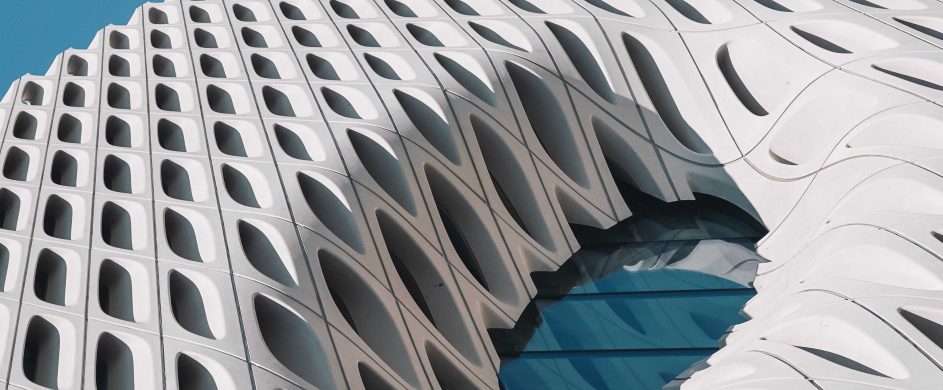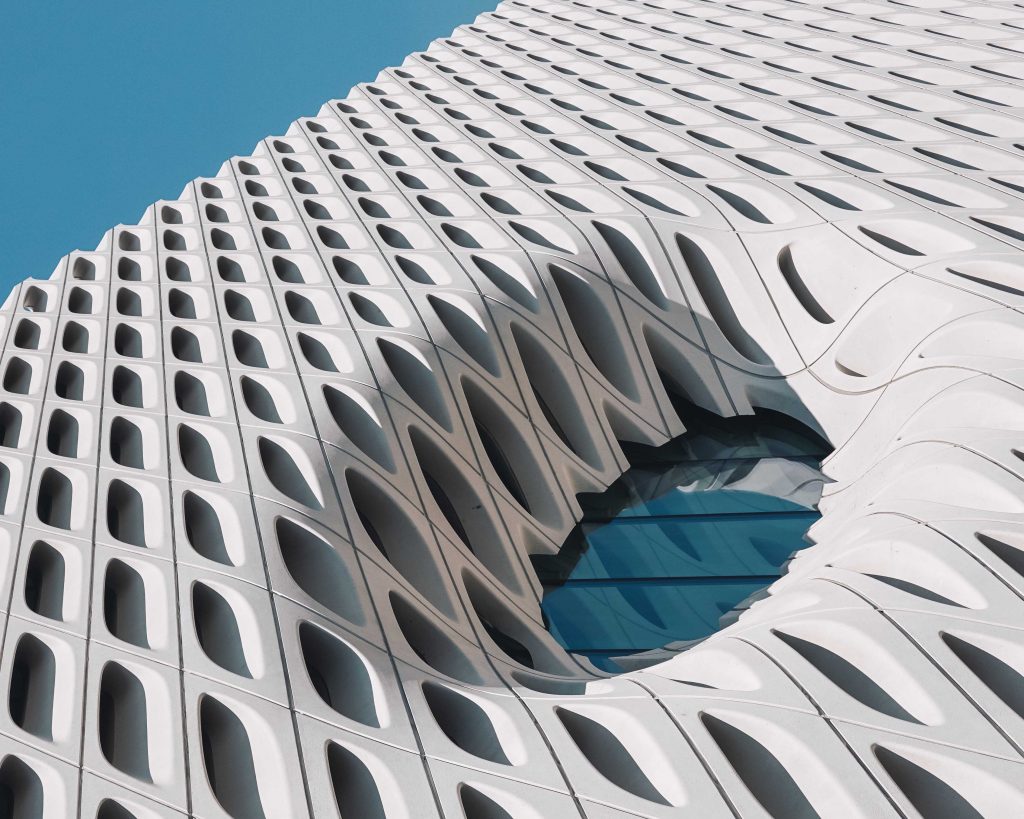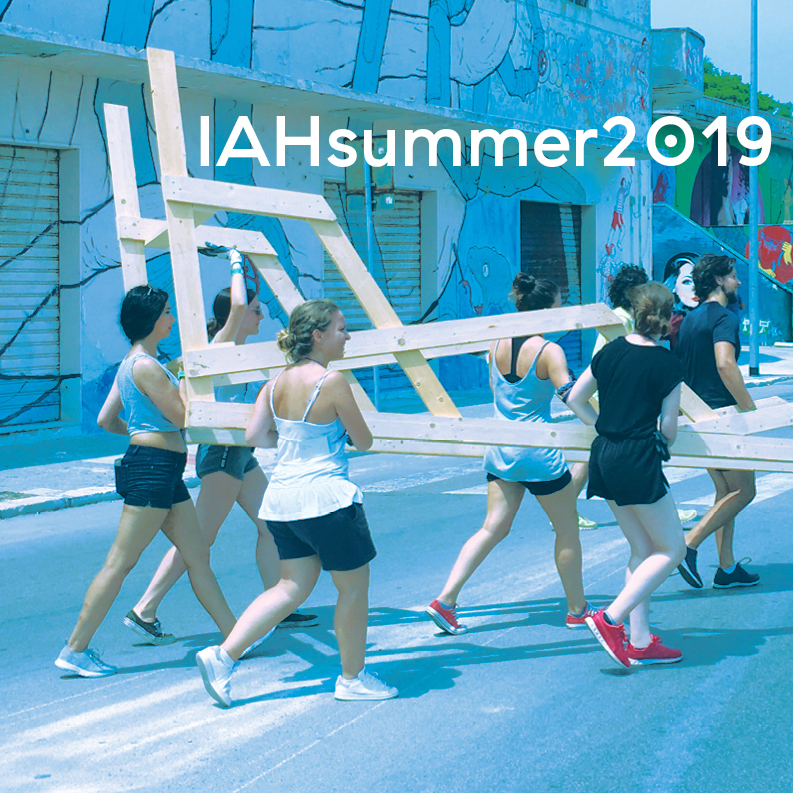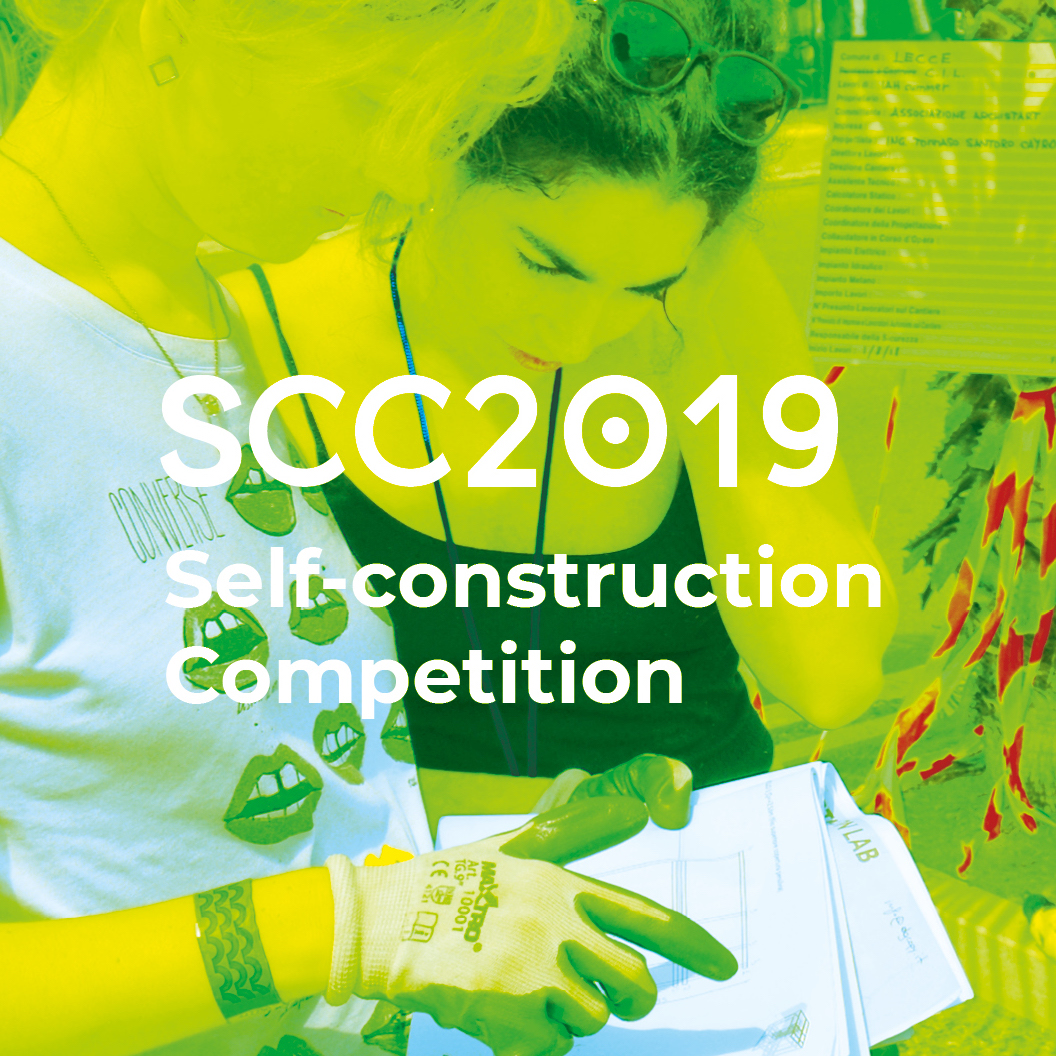Can mathematic procedures help designers and engineers in problem solving? Can algorithms help architects in the conception of spaces with unique spatial qualities?
Let’s get digital…and find out!
Parametric design is a process based on algorithms which enable the expression of parameters. These ones set the relations between the design elements that can be used to modify and transform the outcome, be it a tea cup, an aircraft or a building. Its inherent advantages have generated some intriguing challenges for its practitioners.
///
Le procedure matematiche possono aiutare i progettisti e gli ingegneri nella risoluzione dei problemi? Gli algoritmi possono aiutare gli architetti nella concezione degli spazi con qualità spaziali uniche?
Facciamoci digitali … e scopriamolo!
La progettazione parametrica è un processo basato su algoritmi che consentono l’espressione di parametri. Questi stabiliscono le relazioni tra gli elementi di progettazione che possono essere utilizzati per modificare e trasformare il risultato, che si tratti di una tazza da tè, un aereo o un edificio. I suoi vantaggi intrinseci hanno generato alcune sfide interessanti per chi ne fa uso.
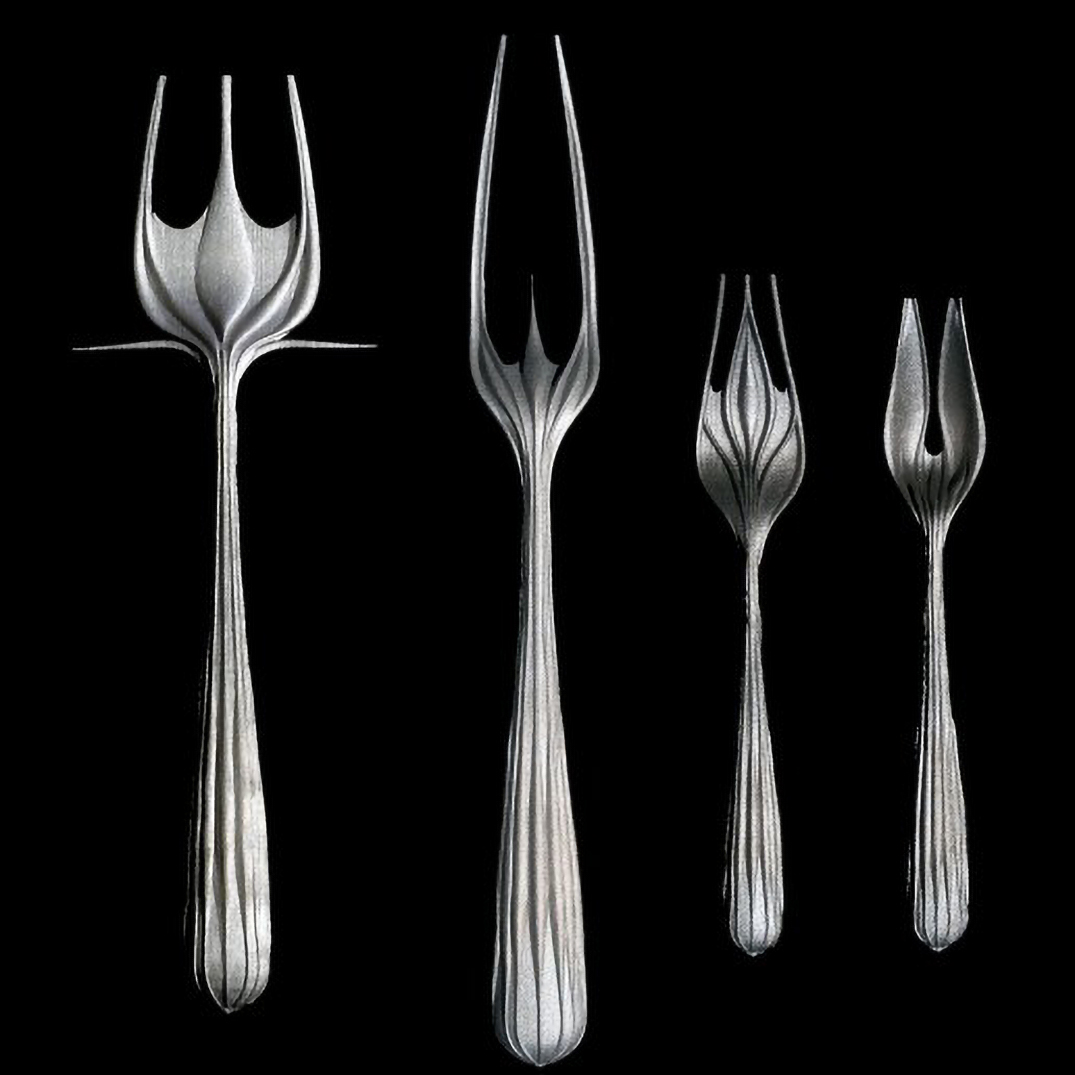
On one hand, parametric design offers the insertion of different variables, the most important of which is time: Architects can now consider a structure not as a static creation but as an organism which transforms according to the impact of its surroundings. Thus, a building can be conceived and projected from construction to completion, taking into account the whole life-cycle of the building. This kind of programs can even be used up to the demolition phase of a building. By setting dynamic links among all these decisions made throughout the process, architects can explore a wide range of solutions.
Dorothee Citerne (1), from Arup design team, states: “On the Z15 tower in Beijing, using these tools (connecting parametric models to structural analysis software using an Arup-developed program (2)) has reduced the time between architectural proposition and analysis from weeks to just days. It led us to a better design, with more in depth understanding of the critical parameters of the structure. And it enabled us to study the most efficient scheme amongst the numerous design options.”
///
Da un lato, il design parametrico offre l’inserimento di diverse variabili, la più importante delle quali è il tempo: gli architetti possono ora considerare una struttura non come una creazione statica ma come un organismo che si trasforma secondo l’impatto dell’ambiente circostante. Pertanto, un edificio può essere concepito e progettato dalla costruzione fino al completamento, tenendo conto dell’intero ciclo di vita dell’edificio. Questo tipo di programmi può persino essere utilizzato fino alla fase di demolizione di un edificio. Impostando collegamenti dinamici tra tutte queste decisioni prese durante tutto il processo, gli architetti possono esplorare un’ampia gamma di soluzioni.
Dorothee Citerne (1), del team di progettazione di Arup, afferma: “Sulla torre Z15 di Pechino, l’uso di questi strumenti (che collegano i modelli parametrici al software di analisi strutturale utilizzando un programma sviluppato da Arup (2)) ha ridotto il tempo tra proposizione architettonica e analisi da settimane a giorni. Ci ha portato a un design migliore, con una comprensione più approfondita dei parametri critici della struttura. E ci ha permesso di studiare lo schema più efficiente tra le numerose opzioni di design.”
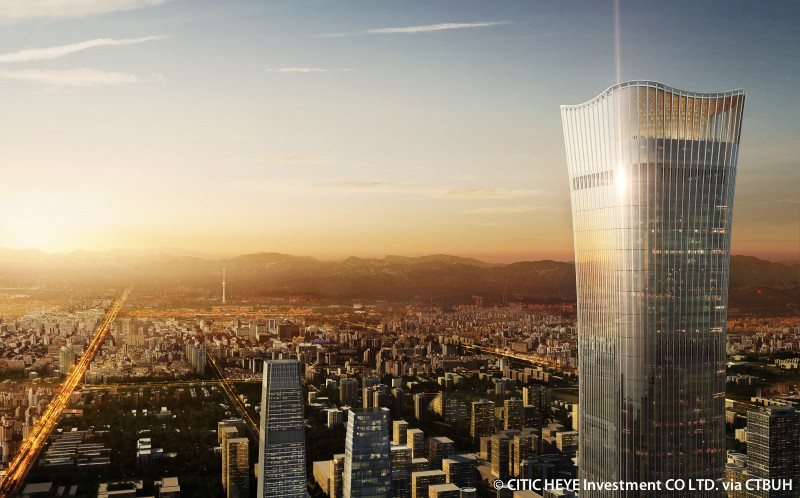
Yet, we cannot but think what is getting lost behind the algorithms: Architects have always been trained with pencils, sketches and tracing paper, getting used to notions such as proportions, sizes, textures and motions in three-dimensional spaces. Notions that might be forgotten if the designers are not competent enough to handle, while interacting with the program’s interface. No doubt, till recently, computer was a just a facilitator of their routine rather than a tool with active role in the design process. Algorithmic programs may set constraints in design process which might not be intended by the architects and which will eventually affect the final decisions. However, architects and engineers have always worked with restrictions and limitations which when surpassed creatively end in striking works of architecture.
///
Eppure, non possiamo non pensare a cosa va perso a causa degli algoritmi: gli architetti sono sempre stati addestrati con matite, schizzi e carta da lucido, abituandosi a concetti come proporzioni, dimensioni, trame e movimenti in spazi tridimensionali. Nozioni che potrebbero essere dimenticate se i progettisti non sono abbastanza competenti a gestirli, mentre interagiscono con l’interfaccia del programma. Senza dubbio, fino a poco tempo fa, il computer era solo un facilitatore della loro routine piuttosto che uno strumento con un ruolo attivo nel processo di progettazione. I programmi algoritmici possono stabilire vincoli nel processo di progettazione che potrebbero non essere previsti dagli architetti e che alla fine influenzeranno le decisioni finali. Tuttavia, architetti e ingegneri hanno sempre lavorato con restrizioni e limitazioni che, se superate creativamente, culminano in opere architettoniche sorprendenti.

Last but not least, parametric design is often associated with a specific aesthetics of curvilinear buildings, fluid forms and organic shapes. For example, Patrik Schumacher, the current head of Zaha Hadid Architects, promoted ‘Parametricism’ not only as a design method but as ‘a philosophic and stylistic successor to modernism’ (3). Their winning proposal of Kartal Pendik (2006) is an interesting case in which parametric design can be applied to urbanism while integrating the aforementioned characteristics. The project (4) proposes the creation of a new urban center (with residential, cultural, leisure, business and commercial activities) through the redevelopment of an abandoned industrial area, on the south east bank of Istanbul. The constraints were set by tying together the existing infrastructure networks -highways, ferry terminals and rail links- with the existing urban fabric being further articulated by an urban script, used to generate different building typologies. In fact, despite its aesthetic characteristics, the project embodies all the virtues of a modern city.
///
Ultimo ma non meno importante, il design parametrico è spesso associato a un’estetica specifica di edifici curvilinei, forme fluide e forme organiche. Ad esempio, Patrik Schumacher, l’attuale capo di Zaha Hadid Architects, ha promosso il “parametricismo” non solo come metodo di progettazione ma come “un successore filosofico e stilistico del modernismo” (3). La loro proposta vincente di Kartal Pendik (2006) è un caso interessante in cui il design parametrico può essere applicato all’urbanistica integrando le caratteristiche sopra menzionate. Il progetto (4) propone la creazione di un nuovo centro urbano (con attività residenziali, culturali, ricreative, d’affari e commerciali) attraverso la riqualificazione di un’area industriale dismessa, sulla sponda sud-orientale di Istanbul. I vincoli erano stabiliti collegando le reti infrastrutturali esistenti – autostrade, terminal dei traghetti e collegamenti ferroviari – con il tessuto urbano esistente che veniva ulteriormente articolato da una scrittura urbana, utilizzata per generare diverse tipologie di edifici. Infatti, nonostante le sue caratteristiche estetiche, il progetto incarna tutte le virtù di una città moderna.
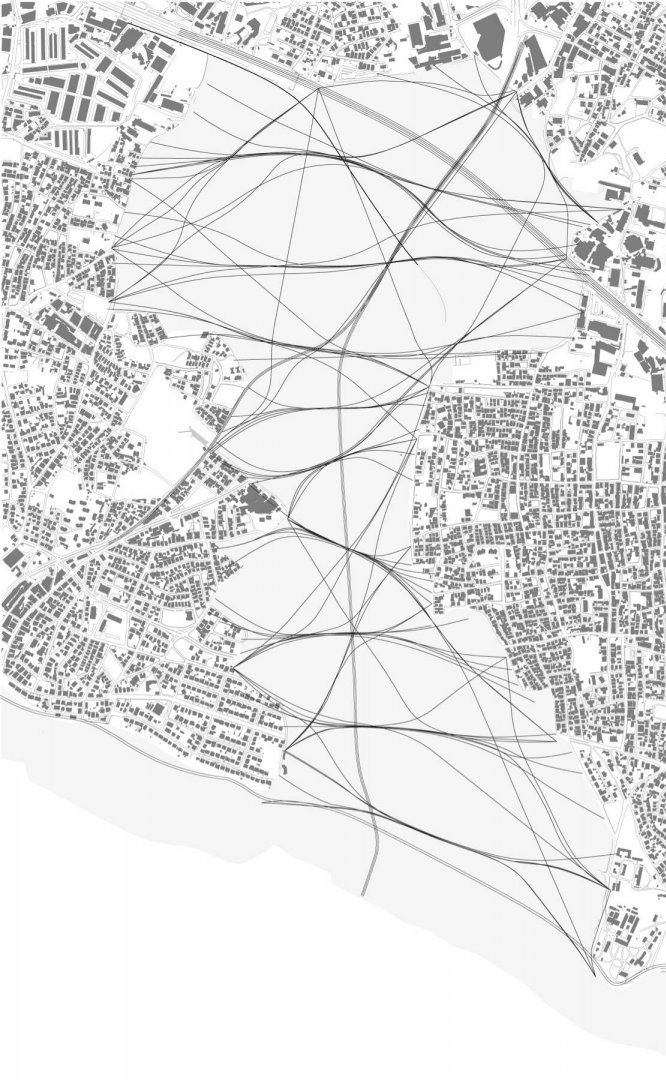
So, to sum up, be it a curvilinear form-sculpture, or a more conventionally conceived project, parametric design has a wide range of applications that can benefit practicing architects by enhancing the workflow in the design process, offering a more rigorous approach with more alternatives and a higher level of control in production. Yet, architects, designers and engineers should not forget that computer tools will never be a replacement of good architecture or good engineering, even if they do facilitate and affect design decisions. Personal judgment, intuition and professional experience will always be fundamental when setting valid parameters and defining a reasonable design.
///
Quindi, per riassumere, che si tratti di una forma scultorea curvilinea, o di un progetto più convenzionalmente concepito, il design parametrico ha una vasta gamma di applicazioni che possono avvantaggiare gli architetti professionisti migliorando il flusso di lavoro nel processo di progettazione, offrendo un approccio più rigoroso con più alternative e un più alto livello di controllo nella produzione. Tuttavia, architetti, progettisti e ingegneri non dovrebbero dimenticare che gli strumenti informatici non sostituiranno mai una buona architettura o una buona ingegneria, anche se facilitano e influenzano le decisioni di progettazione. Il giudizio personale, l’intuizione e l’esperienza professionale saranno sempre fondamentali quando si impostano parametri validi e si definisce un progetto ragionevole.
Credits:
1. ARUP – Parametric design for better buildings
2. ARUP – Z15 Tower
3. The Guardian
4. Zaha Hadid Architects | Kartal – Pendik Masterplan
Cover image Photo by Meriç Dağlı on Unsplash

